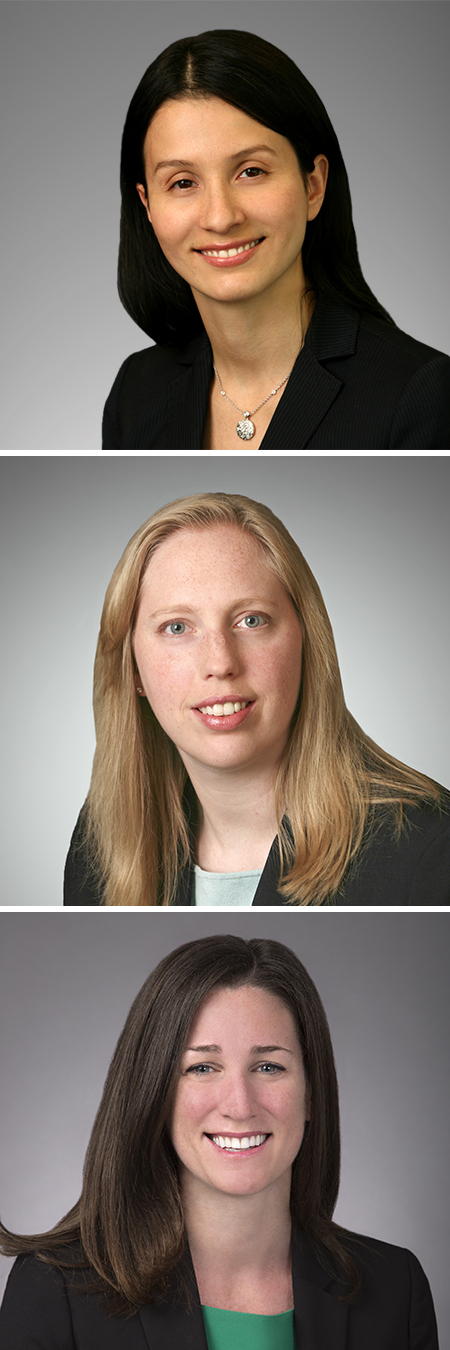
Scandals attached to high-level university hires—provosts, deans, coaches, athletic directors or even presidents—have the potential to enmesh a university in legal, financial and reputational troubles. Reacting to a scandal costs time and money in the immediate aftermath and potentially in the years to come.
Given the costs associated with finding, wooing and securing high-level hires—and the associated consequences if they fail—universities should adopt a vetting system to mitigate risk.
Vetting, a comprehensive fact investigation and risk analysis of a potential hire, has been used for political candidates and executive appointees. Investing in a comprehensive due diligence system will allow the hiring decision-makers to understand the legal, financial and reputational risks associated with these hires.
The process
The vetting process should incorporate the following best practices:
- Separate the vetting function from the hiring function. While executive search firms and recruiters will often conduct their own due diligence before presenting candidates to an organization or company, the incentives and goals of each group are not fully aligned. A recruiter or internal promoter of the candidate has a vested interest in that candidate’s eventual hire and success. In the vetting process, the goal is not to influence but to provide advice on the candidate’s risks.
- Know what to look for and how to identify it. This involves an in-depth understanding of the hire and university. Is the football coach candidate a superstar who has dealt with whispers of pay-for-play deals, though nothing has been proven? Has the incoming humanities professor been rocked by a sexual harassment scandal? Is a respected professor under consideration to serve as dean of the law school at a religious university, but has only been associated with secular institutions? A well-positioned vetting team will know how quickly to get up to speed on the context of the hiring in order to identify the most important risk factor to investigate.
- Consider making the candidates part of the vetting process. Candidates can often provide information and context not available in public records. Indeed, many types of important records, such as credit checks or reports from previous employers, may require a candidate’s consent before the vetting team can access them. Moreover, full and honest participation in the process will demonstrate a level of candor and trustworthiness that may signify reduced risk.
- Identify and frame risk factors or flags. Such flags are situation-specific, and the vetting team must understand not only what risk factors have portended eventual legal, financial and reputational issues in the past, but also what factors will do so in the future. The #MeToo movement and its fallout seem inevitable in hindsight, but it’s unlikely that even five years ago many universities considered indicators of past sexual harassment in their hiring decisions to the extent that they do today. A strong vetting team is able to identify all risk areas, even those that do not have their own viral hashtags.
To ensure the vetting process includes and executes best practices, vetters should be experienced in executive background investigations and risk analysis. Vetting in such a high-stakes context involves an in-depth factual investigation, and those facts must be applied to an analysis that includes identification and framing of risk factors.
Framing the facts to the context of a specific school or candidate and the public requires a team of vetters that can properly frame the risk for hiring authorities so that they can minimize the risk for their university.
Estela Diaz, Catherine Creely and Amanda Kane are attorneys with Akin Gump LLP, which represents clients in a variety of criminal and regulatory investigations involving state and federal government authorities.

